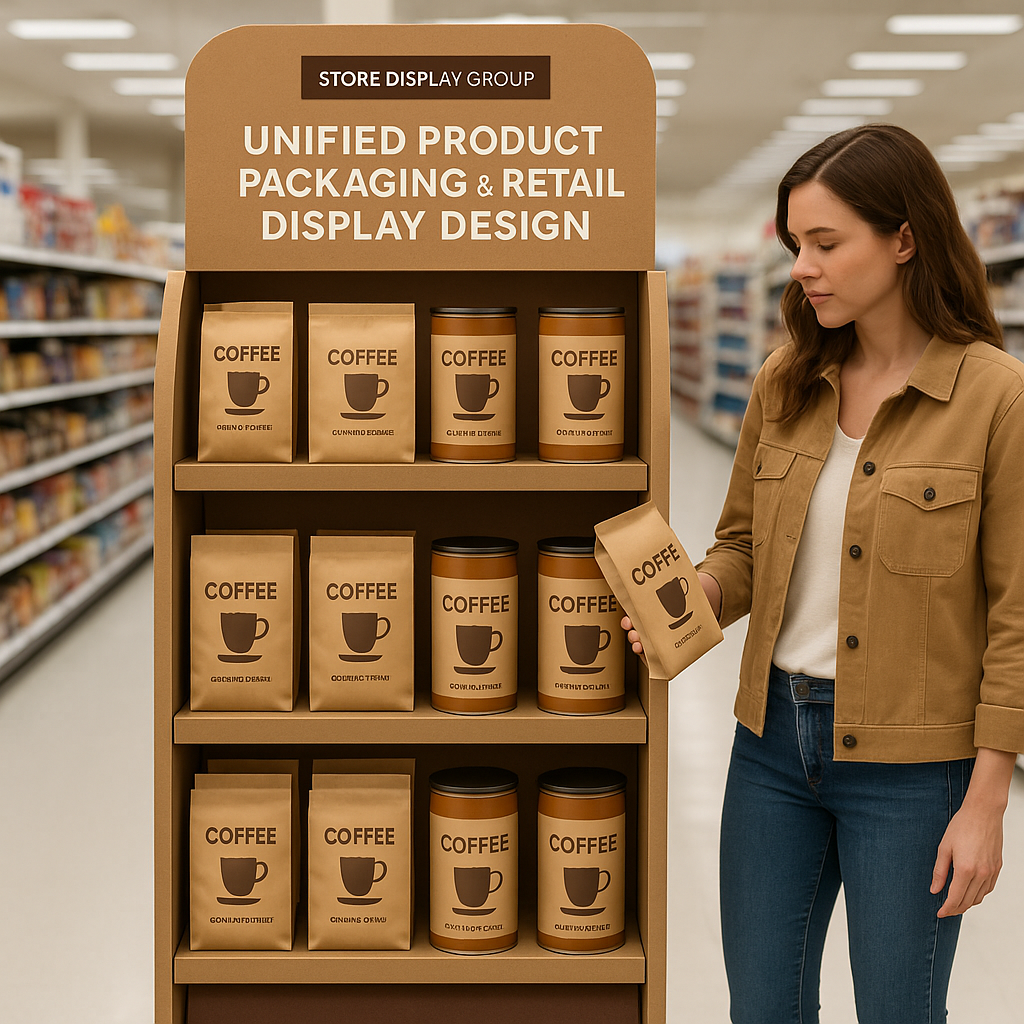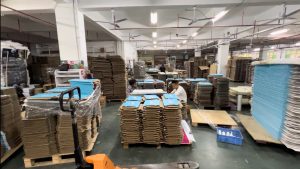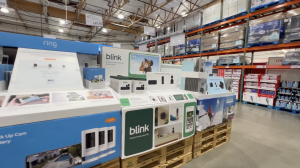In the competitive world of retail, a product’s success depends on more than just what’s inside the box. The packaging and display together tell a story—one that captures attention, communicates value, and drives sales.
As consumer expectations evolve, brands are realizing that packaging and display are not separate elements, but two parts of one powerful retail marketing system.
1. Packaging: The First Layer of Communication
A product’s packaging is often the first interaction a shopper has with the brand. From structural design to material choice, packaging defines how a product looks, feels, and aligns with brand values.
- Visual appeal: Eye-catching graphics and colors build recognition.
- Functionality: Well-structured packaging protects the product while simplifying shelf stocking.
- Sustainability: Eco-friendly materials reflect social responsibility—something modern shoppers value deeply.
But packaging doesn’t stand alone—it’s the foundation for how products are presented in-store.
2. Display: The Stage for Your Brand Story
While packaging attracts, the display converts. Retail displays elevate the product, guiding shopper flow and encouraging engagement. Whether it’s a pallet display in club stores or a countertop stand for small electronics, the display provides context—showing consumers how the product fits into their lifestyle.
A well-designed display also integrates brand visuals from packaging, creating consistency across every touchpoint.
3. Unified Design: Where Packaging Meets Display
The synergy between packaging and display can dramatically enhance brand impact.
- Coordinated colors and messaging make the product instantly recognizable.
- Packaging engineered to fit display slots reduces assembly time and logistics costs.
- Pre-pack solutions combine packaging and display into a ready-to-sell unit—ideal for export and club store channels.
At Store Display Group, our design team works across both packaging and display, ensuring your product moves seamlessly from factory to store shelf, while maintaining brand integrity.
4. Marketing Efficiency Through Integration
Integrating packaging and display streamlines the retail process:
- Reduced labor: Pre-packed units minimize store setup time.
- Improved transport efficiency: Optimized packaging sizes increase container utilization.
- Consistent storytelling: Unified visuals reinforce brand presence across multiple channels.
This alignment transforms your retail execution from operational to strategic.

Conclusion
In modern retail marketing, packaging and display work together to deliver one message: your brand’s story. By integrating both elements from the start, brands can create stronger shopper engagement, lower operational costs, and ensure a consistent presence from warehouse to checkout.
At Store Display Group, we don’t just build displays—we build systems. From structural packaging design to intelligent in-store display execution, we help brands create complete retail experiences that sell.


